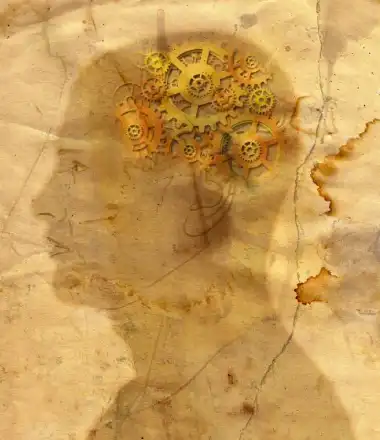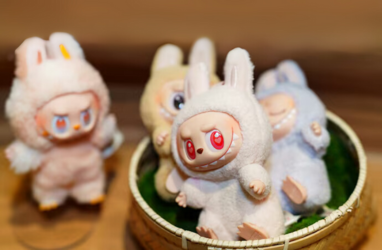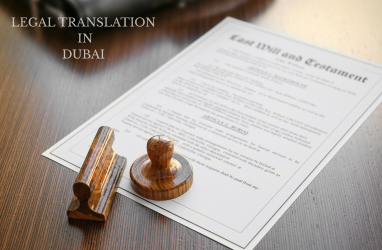From History to Current Reality
During the early 1800s, the idea of global protection of Intellectual Property rights floated among legislative bodies. And it was in the year 1883 that the Paris Convention brought clarity and cooperation among international jurisdictions. Three years later, the 1886 Berne Convention extended the same protection to written expressions. Within half a decade, trademarks were also granted international protection through the Madrid Protocol.
Resulting offices from the conventions later merged into a central governing body, the United International Bureaux for the Protection of Intellectual Property. This then became a United Nation office we now know as the World Intellectual Property Organization.
The transformation of Intellectual Property from Divine providence to valuable human talent took complicated detours and pitstops. However, the history of Intellectual Property reveals an imprint of how we evolved as a society. It tells us of our past values, of our collective thought, and of our remarkable capacity to strike a balance among individuality, society, and spirituality.
Although the roads we passed were pockmarked with glaring mistakes and surrounded by dark alleys, the fact that we do recognize the imperfections and reinvented today’s Intellectual Property tells another thing about us: we can change.
From History to Herstory
And we do change. As we diverge from misinformed beliefs we inherited from our old world, our growth accelerates on all fronts. Modern philosophies enable us to see past the borders and beyond colors. The movement is to take down the great walls dividing us as a society.
Being a bastion for innovation, the Intellectual Property industry also aims to bridge the gaps between sectors of society. The World Intellectual Property Day in 2018 addressed the disparity between men and women in the field. This led to world organizations consolidating empowerment efforts for women in the field of innovation and development. Within a few years, the involvement of women increased by over 53%.
After all, the law protects equally. Hence, this move toward equality. Learning the history of Intellectual Property law highlights the value we place on innovations. And this value can be transformed into economic value. Are you interested in learning how Intellectual Property can benefit your Business? We can help. Get in touch with our team by dropping us a line at [email protected] or give us a call for a free consultation at +971 4 282 2677.
Frequently Asked Questions
In a nutshell, how did intellectual property come to our society?
Earliest official records date back to 1421 when an Italian inventor received the world’s first modern patent. However, archeological discoveries push the date as far back as 600 BCE.
What are the earlier forms of intellectual property rights?
Similar to the modern iterations of the intellectual property rights, earlier norms related to the matter take root from the idea of exclusive production and indication of origins.
How did intellectual property influence the development of society?
Establishing sole rights since the dawn of civilization enabled more room for innovation by incentivising creative solutions. However, it is also important to note that the motivation was not necessarily anthropocentric from the outset. Most of the attributable social practices revolved around religious beliefs, and it was only after the humanist movement post-Renaissance that inventiveness took the fore.
What can we learn from the development of intellectual property throughout the ages?
Perhaps the most important insight we can glean from the history of intellectual property is that since the beginning, we as a society have a penchant for innovating our communities. Albeit somewhat hindered with each great paradigm shift, we always move towards rediscovery of our core human values.
What can we expect in the near future?
Informed with the dynamic past of the practice, we see the trend of conformity with the prevailing value system. With this in mind, we can expect that intellectual property will adapt to modern sensibilities. In fact, we are already at the forefront of equalising opportunities previously unavailable due to outdated traditional beliefs.





